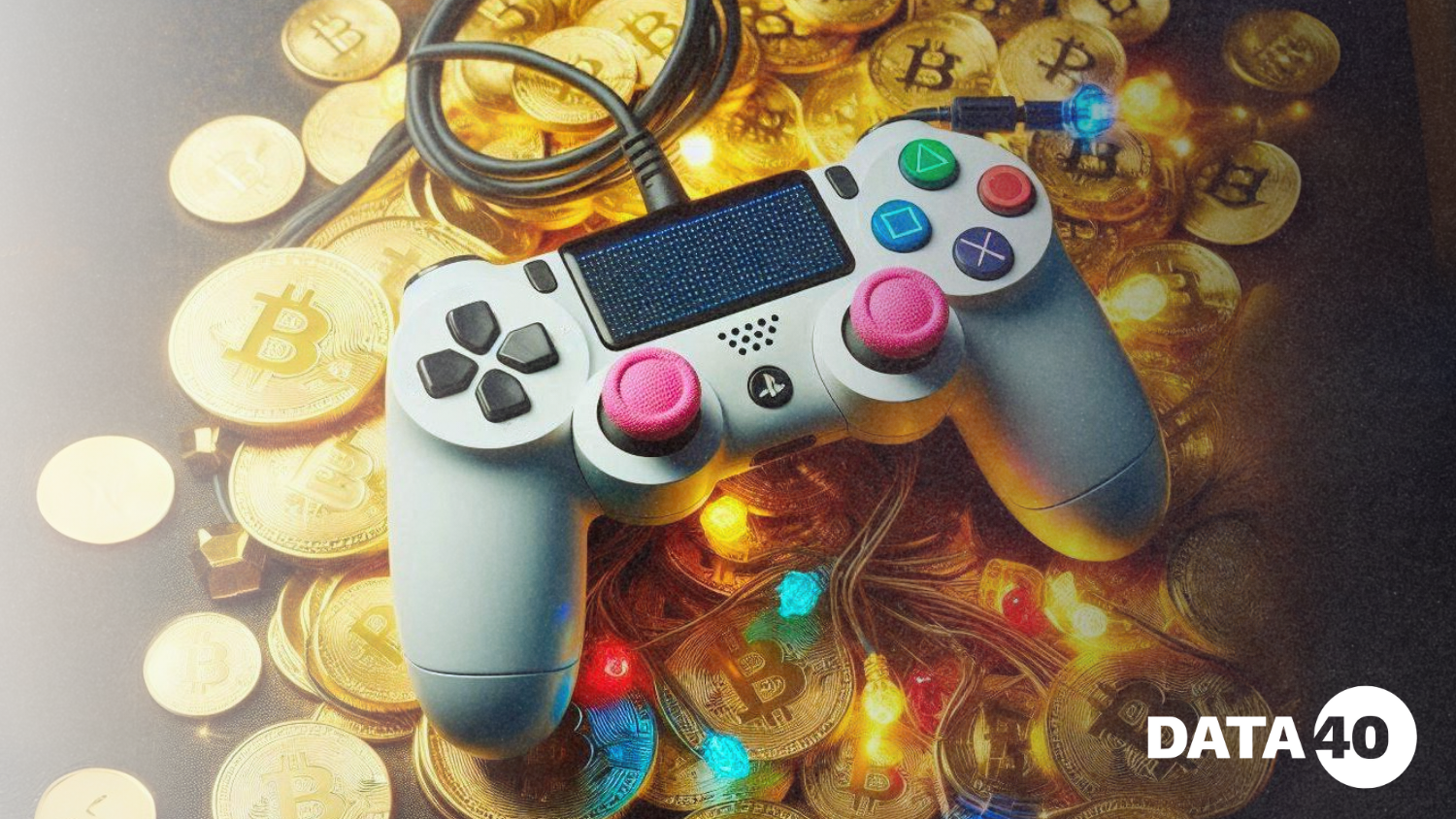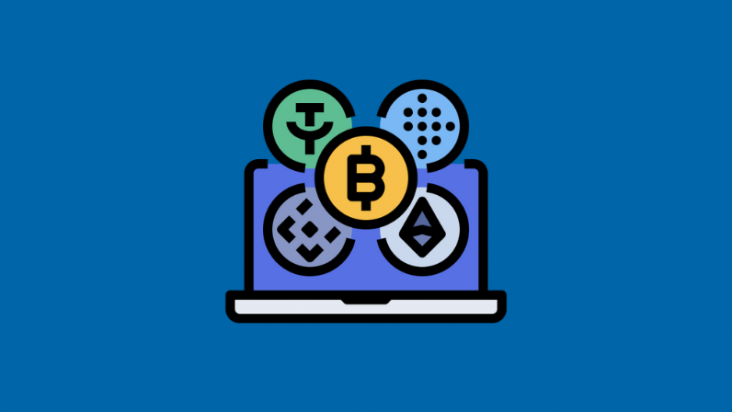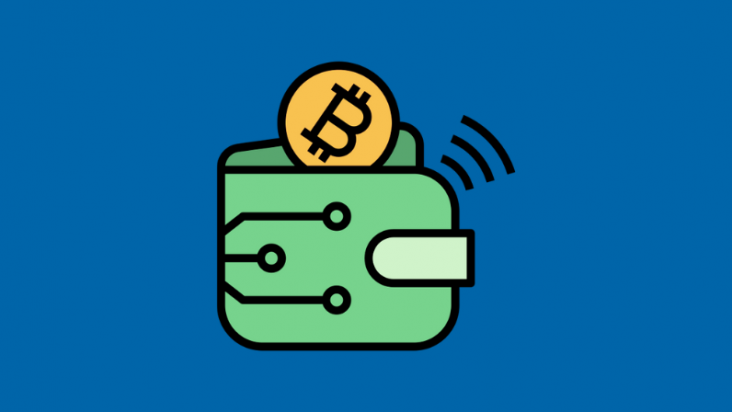
To begin with, there are various predictions floating around the internet regarding the future of blockchain games, both optimistic and pessimistic. Looking at the numbers, the volume of venture investments in the blockchain gaming sector reached $600 million in the second half of last year alone, with $2.3 billion since the beginning of the year. Compared to the third quarter of 2022, this represents a 30% increase. Blockchain activity has surged, with the number of unique active wallets growing by 12% over the quarter, reaching 786,766. This indicates that in recent years, blockchain games have become one of the most talked-about phenomena in the world of finance and technology. They offer unique opportunities for investors but also carry certain risks. Before investing your funds in this rapidly evolving sector, it’s crucial to conduct thorough research and consider all aspects.

Understanding the Current State of the Blockchain Gaming Market
First and foremost, I would recommend understanding the current situation in the blockchain gaming market. This involves analyzing current trends, popular games and platforms, as well as future forecasts. Studying the market will help you determine which games have the most growth potential and which platforms offer the most stable and secure investment conditions. Blockchain games use various technologies such as Ethereum, Binance Smart Chain, Solana, and others. Each of these has its own features, including transaction speed, fee costs, and security levels. Before investing, you should carefully study the technological base of the game to understand how well it aligns with your requirements and expectations.
Key Points to Consider When Choosing a Blockchain Game
There is plenty of information available on what to look for when choosing a blockchain game, and most sources say similar things. I want to focus on aspects that are less frequently discussed in open sources, in my opinion.
Study the Biography and Past Cases of the Development Team
The success of a blockchain game largely depends on the team behind its development. Experienced and competent developers can significantly increase the chances of a project’s success. Teams that openly share their history, member biographies, and results from previous projects demonstrate transparency and a willingness to engage with the community. This fosters more trustful relationships with players and investors, which is a critical factor for success.
Pay attention to the team’s previous projects, their experience in the gaming and blockchain industries, as well as their reputation within the community. Successful and experienced teams often have established connections with investors, partners, and other key players in the industry. These connections can play a crucial role in promoting and supporting the project, thereby increasing its chances of success.
Game Accessibility
Game accessibility is one of the most important factors determining its popularity. If a game is too difficult to understand or requires significant effort to get started, it can deter new players. Here are a few aspects that are important to consider:
- Registration and Entry Process: Ideally, the registration process in the game should be quick and simple. If entering the game requires creating a crypto wallet, purchasing cryptocurrency, or performing other complex steps, this can become a barrier for newcomers. Games with simpler registration processes and game entry (for example, the ability to start playing without a crypto wallet with the option to connect one later) attract more players.
- Initial Investment Threshold: Many blockchain games require players to purchase initial assets or tokens to start playing. If these investments are significant, it can deter part of the audience, especially if they are uncertain about the long-term value of these assets. Games that offer the ability to start without significant financial investments or with free demo modes have a better chance of attracting new players.
- User-Friendly Interface and Tutorials: Newcomers should be able to easily understand the game’s interface and mechanics. Having tutorial materials, instructions, and a user-friendly interface makes the game more accessible to a wide audience.
- Technical Requirements: It’s important that the game can run on various devices and platforms. If the game requires a powerful computer or specific equipment, this can limit the audience. Support for mobile devices, browsers, and cross-platform compatibility are all advantages.
Real-World Use Cases
Real-world use cases for in-game assets significantly enhance the attractiveness of a blockchain game. This means that players can use, sell, or trade assets they earn or purchase in the game in real life or in other digital ecosystems. Here’s how this can work:
- Conversion of Assets to Real Money: One of the most obvious and popular scenarios is the ability to exchange in-game tokens or NFTs for cryptocurrency, which can be converted to fiat money. Players see real value in this, as they can earn money by playing the game. This is especially important for games with a Play-to-Earn (P2E) model.
- Using Assets in Other Games or Platforms: Some games create ecosystems where in-game assets can be used in multiple projects or transferred to other platforms. This can involve transferring characters and gear, or using tokens to purchase goods or services on other sites.
- Integration with Real Products and Services: Some blockchain games collaborate with real brands and offer players goods or services in exchange for in-game assets. For example, in-game currency could be exchanged for discounts at online stores, gift cards, or real physical goods.
- Participation in Decentralized Finance (DeFi): Some games allow players to invest their tokens or NFTs in decentralized finance protocols to earn interest, participate in staking, or farming. This creates additional value and motivates players to continue playing and investing in the game.
Current Trends and Niches
Aligning with current trends is an important aspect of a blockchain game’s success. Games that fit into current trends or find their unique niche often have a better chance of success. Here are some examples:
- Metaverses: In recent years, there has been a trend towards creating metaverses – virtual worlds where players can interact with each other, own digital assets, build their own spaces, and even participate in economic activities. If a game offers a unique and engaging experience within a metaverse, it can attract a large number of users.
- NFTs: NFTs have become popular as a way to represent unique digital assets, whether it’s art, in-game items, or collectibles. If a game actively uses NFTs, giving players the ability to own, trade, and sell unique items, it can attract an audience interested in collecting and trading.
- Play-to-Earn (P2E): This trend involves players earning real money by playing. Play-to-Earn models are becoming especially popular in developing countries, where players can earn more than in traditional occupations. Games focused on this trend have significant growth potential. Here you can find the top p2e games by market capitalization for 2024.
- Social and Cooperative Games: A game that offers rich social interactions, player cooperation, or MMO (massively multiplayer online) elements can carve out its niche. The ability to create and develop communities, participate in joint quests and events often attracts a large number of players.
- Eco-Friendly Blockchains: With growing awareness of environmental issues, using eco-friendly blockchain platforms could become an important trend. Games that claim to be environmentally friendly can attract an audience concerned about environmental problems.
Final Thought
Investing in blockchain games can be profitable, but it requires a careful approach and thorough analysis. Studying the market, technological base, development team, economic model, community, legal aspects, and potential risks will help you make an informed decision and minimize risks. Remember that all investments carry the risk of loss, so act prudently and do not invest more than you are willing to lose. Additionally, do not ignore the power of intuition; the decision is yours, so expanding your horizons and gathering quality information is key. As with any investment project, blockchain games come with risks. These can include technical issues, hacks, economic disruptions, regulatory changes, and other factors. Before investing, it is crucial to conduct a thorough risk analysis and develop a risk management strategy.








